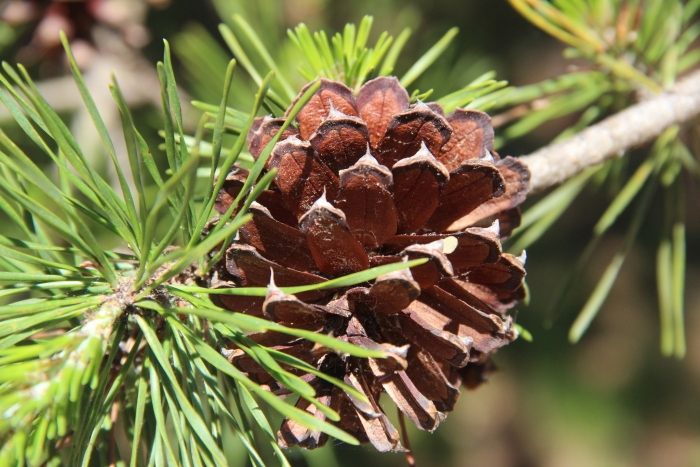Virginia Pine
(Pinus virginiana)
Virginia Pine (Pinus virginiana)
/
/

laalv1
CC BY 4.0

















































































Estimated Native Range
Summary
Virginia Pine is valued for its ability to thrive in poor soils and its use in reforestation projects, particularly in reclaiming disturbed and eroded lands. It provides cover and food for wildlife, including seeds for birds and small mammals. In cultivation, it is often used for Christmas tree farming, despite its sharp needles. It is also planted for erosion control and as a pioneer species in ecological restoration. This tree prefers well-drained loam or clay but is adaptable to a range of soil types, including poor, sandy soils. It requires full sun and can tolerate drought, making it suitable for xeriscaping.CC BY-SA 4.0
Plant Description
- Plant Type: Tree
- Height: 15-40 feet
- Width: 10-20 feet
- Growth Rate: Rapid
- Flower Color: N/A
- Flowering Season: Non-Flowering
- Leaf Retention: Evergreen
Growth Requirements
- Sun: Full Sun
- Water: Low
- Drainage: Fast, Medium, Slow
Common Uses
Bird Garden, Butterfly Garden, Deer Resistant, Drought Tolerant, Edible*Disclaimer: Easyscape's listed plant edibility is for informational use. Always verify the safety and proper identification of any plant before consumption., Erosion Control, Fragrant, Low Maintenance, Rabbit Resistant, Rock Garden, Salt Tolerant, Street Planting
Natural Habitat
Poor, dry, often sandy or rocky soils of upland areas and ridges in the Appalachian and Southeastern U.S
Other Names
Common Names: Jersey Pine , Scrub Pine , Poverty Pine , Jersey-Kiefer , Virginische Kiefer , Pin De Virginie , Pin De Jersey , Pin De La Virginie , Virginiai Erdeifenyo , Pino Della Virginia
Scientific Names: Pinus virginiana , Pinus inops , Pinus turbinata , Pinus ruthenica
GBIF Accepted Name: Pinus virginiana Mill.